-
2018-09-12150碟子
-
2018-09-13一次性环保餐具-碟子
-
2018-09-14一次性可降解餐具-270ml碗
-
2018-09-14一次性餐具-叉子
-
2018-09-14环保餐盒
可降解一次性餐盒的主要成分是什么?
1、可降解天然材料餐盒
1. Degradable natural material lunch box
以天然材料制成的一次性可降解餐盒又称为生物全降解餐盒。生物全降解餐盒是一种比较的环保产品。它以淀粉为主要原料,加入一年生长期植物纤维粉和特殊的添加剂,经过化学和物理方法处理制成生物全降解快餐盒。
The disposable degradable lunch box made of natural materials is also called biological fully degradable lunch box. Biodegradable lunch box is an advanced environmental protection product. It takes starch as the main raw material, adds one-year plant fiber powder and special additives, and is processed by chemical and physical methods to make a biodegradable fast food box.
由于淀粉是一种可生物降解天然高分子,在微生物的作用下分解为葡萄糖,分解为水和二氧化碳。此外,与其共混的材料也是全降解材料,因此可以说它对环境没有任何影响。生产原料淀粉的主要来源,可以是玉米、土豆、红薯、木薯等一年生长期植物。自然,生物全降解餐盒也并不是十全十美,例如,生产原料大部分是粮食作物,且有防霉变等问题尚待解决。
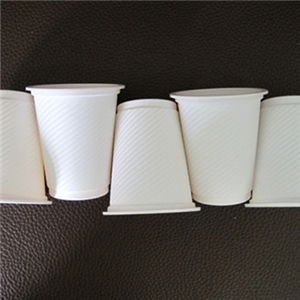

As starch is a biodegradable natural polymer, it is decomposed into glucose, water and carbon dioxide under the action of microorganisms. In addition, the material blended with it is also a fully degradable material, so it can be said that it has no impact on the environment. The main source of raw starch can be plants in one-year growth period such as corn, potato, sweet potato and cassava. Naturally, biodegradable lunch boxes are not perfect. For example, most of the production raw materials are food crops, and problems such as mildew prevention have yet to be solved.
2、可降解塑料餐盒
2. Degradable plastic lunch box
此类一次性餐盒的制造原料是可降解塑料,所谓可降解塑料就是在塑料的生产过程中加入一定量的添加剂,如光敏剂、淀粉等原料。这样,可降解塑料制品在使用完,并废弃在大自然中暴露三个月后,可由完整的形状分解成碎片,因而少在视觉上改善了环境
The raw material of this kind of disposable lunch box is degradable plastic. The so-called degradable plastic is to add a certain amount of additives in the production process of plastic, such as photosensitizer, starch and other raw materials. In this way, the degradable plastic products can be decomposed into fragments from the complete shape after being used, discarded and exposed in nature for three months, thus improving the environment at least visually
但这项技术的缺陷是,这些碎片不能继续降解,只不过是由大片变成小片塑料,不能从根本上胜任白色污染的任务。
However, the biggest defect of this technology is that these fragments can not continue to degrade. They just change from large pieces to small pieces of plastic, which is not fundamentally competent for the task of eliminating white pollution.
- 上一个: 环保餐盒有什么危害?
- 下一个: 生物类可降解一次性餐具怎么样?
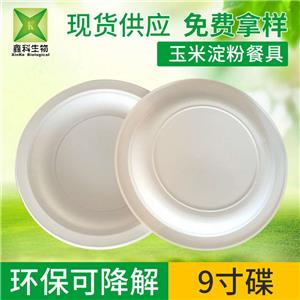 150碟子
150碟子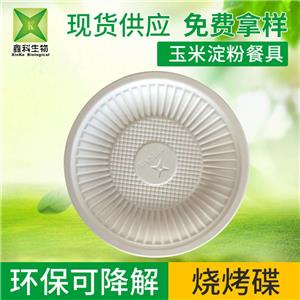 一次性环保餐具-...
一次性环保餐具-...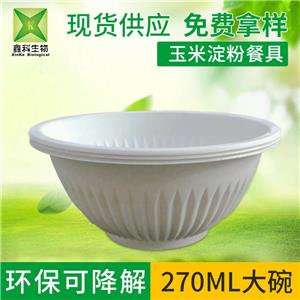 一次性可降解餐具...
一次性可降解餐具...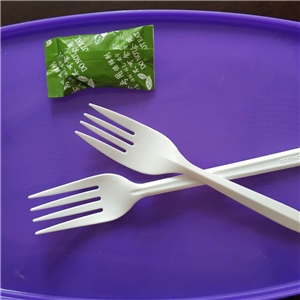 一次性餐具-叉子
一次性餐具-叉子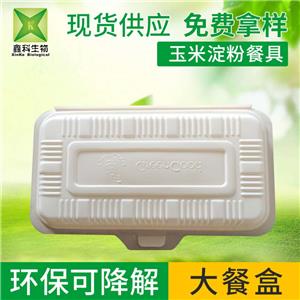 环保餐盒
环保餐盒
相关产品:





